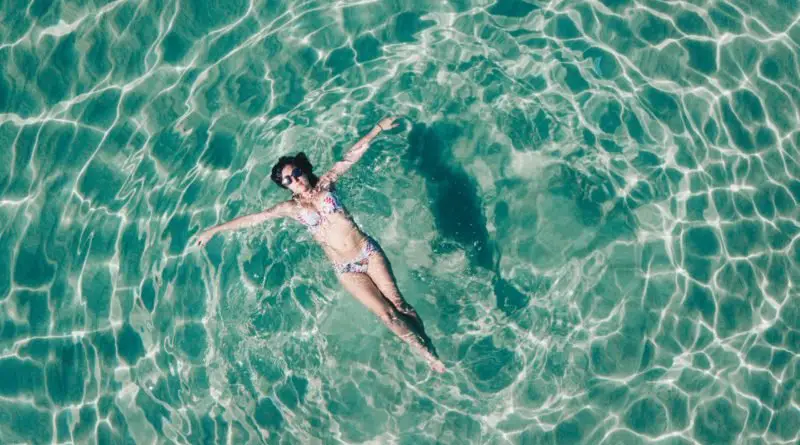Last modified on February 2nd, 2021 at 1:05 am
Staying Safe When You Are Outdoor Swimming
Almost 30 million Americans enjoy swimming regularly for fitness and outdoor swimming has become increasingly popular. You don’t need any specialist equipment or a membership to a gym. You just need a lake, river or ocean that is clean and safe. It is important however that you don’t swim in any water unless you are confident that the water is suitable with no strong currents. When you are swimming outdoors, swim with others and never let yourself get too cold.
Your Basic Swimming Skills
A recent survey done by the Red Cross found that 20% of Americans can’t swim and more than 50% don’t have the basic swimming skills. These include being able to tread water, floating on your back, swimming forwards and being able to put your face in the water whilst controlling your breathing. If you are getting into a river, lake or the ocean, it is absolutely essential that you are confident in your basic swimming skills or you have a higher risk of drowning. Before you consider outdoor swimming, invest in some lessons to brush up on your skills and swimming technique.
Wear the Right Clothing
If you are swimming outdoors always wear a brightly-colored swim hat as it will make you more visible to others and at the same time helps you to protect the hair, scalp, and ears from pool water. Goggles are an essential both in lakes and the sea – they will help you to check that there are no obstructions under the water such as rocks or plantlife. If you are planning more than a quick swim both in the summer and winter months, then it is advisable to wear a good wetsuit. A wetsuit will trap a very thin layer of water next to your skin, warming it up to body temperature. This will help to protect you against hypothermia. A wetsuit is also extremely good protection against the weather and will keep you warm out of the water.
Where to Swim Outdoors
If you are swimming in a lake or river, unless there are signs specifically permitting swimming, you may have to ask the landowners permission. You should never swim in an urban river, a canal or any body of stagnant water, particularly if you see signs of toxic blue-green algae. If you are swimming in the ocean, make sure that you avoid the rocks and take note of any tides. Always look for a sheltered beach or cove to help protect you from the elements.
Warming Up and Stretching
Before you think about taking the plunge, it is important that you do a good warm up on dry land first. This is essential if you want to reduce the risk of any oxygen-deficiency which can get you into difficulty. It will also reduce the likelihood of you aching or having sore muscles after your swim. Doing a series of stretches to help your core muscle groups will increase your flexibility and efficiency when you are in the water, so that you can swim further and maintain a good technique.
Outdoor Swimming Safety
Before you consider swimming anywhere, make sure that you check the depth of the water and beware of any rocks. Rocks are in fact one of the most common dangers when outdoor swimming as they can be extremely slippery – it is a good idea to wear lightweight plimsolls. Never dive or jump into any water if you aren’t completely confident that it is deep enough and there are no underwater obstructions.
Outdoor swimming is a wonderful way to get fit and be at one with nature. Your safety is imperative however, and you should always make sure that you be careful both in and around the water.




